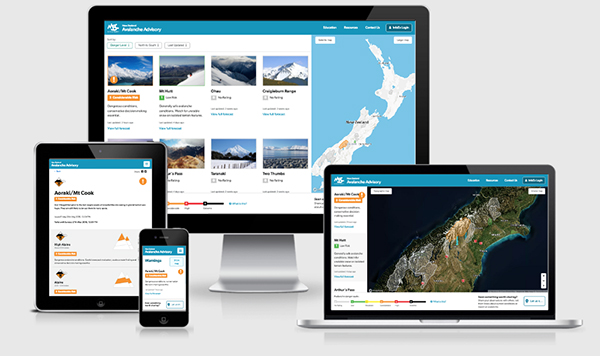Pre-Winter Backcountry Checklist
Sharpen Up Your Winter Plans
It’s time to run through a pre-winter checklist for those heading beyond the ski field boundaries and into the backcountry. We’ve tried to keep this list short, but as they say ‘your experience may differ’. Make sure you share this with your mates so you’ll end up having a great trip, one that you can blag about at the pub.
1. Wheels
If you’re heading into the backcountry, it’s likely you’ll need to get some of way towards the mountains by car. Given it’ll be cold and potentially icy, now is a great time to check if your whip is up to the mission (walking back sucks.)
Planning: Road conditions — Check NZTA Journey Planner + Winter Driving Tips
Maintenance: Brakes & tyres | Antifreeze | Battery & starter motor | De-ice strategy for the windows
2. Group plan, don’t go alone.
Going alone into the backcountry in winter is a big no go. When snow is present, avalanches are a very real risk. If you get caught in one you will need your partner/group to rescue you. Do the other people in your group have the necessary skills to be venturing out into the snow? Have they done an avalanche course? Do they know how to identify and negotiate avalanche terrain?
Travelling on snow requires far more communication than through the bush. Make sure your group is comfortable speaking up about conditions or questioning route selection. Every voice is valuable, make sure yours is heard.
3. Your gear
At the top of every backcountry gear list should be a transceiver, shovel and probe. This is your avalanche rescue equipment and everyone in your group absolutely needs to carry all three items. Remember this isn’t safety equipment but rescue equipment; that’s an important difference. Travelling in winter often means you will need to carry far more gear than in summer. Warm clothes and an extra pair of dry thermals are a must, even on day trips. As you climb you will be warm and sweat, but as soon as you get to the top and you start descending that wet thermal will quickly start to get cold. Having a dry one will keep you warm all day.
If you are tramping in the alpine regions of New Zealand in make sure everyone in your group has crampons and ice axes. This is an essential piece of gear to keep you safe. Also make sure your boots are stiff enough and are crampon compatible. There is no point wearing crampons with soft flimsy footwear.

4. The weather
Winter weather can be hugely unpredictable and extremely changeable. Make sure you have checked the MetService mountain weather forecast for your region. Think about how the day’s weather forecast and the previous day’s weather have and will affect the snow. This should greatly influence how and where on the mountains you travel.
5. The avalanche forecasts
Avalanche forecast is very closely linked to the weather forecast. Therefore, just like the weather make sure you check it out. You need to understand the avalanche forecast for the region you’ll be in. Make sure you understand the avalanche danger along with the avalanche character you will most likely encounter on the day.

6. Your knowledge
Travelling in the backcountry during winter requires a few extra skills that in the summertime. Avalanche skills should be right at the top of your list. If there’s snow on the ground there will be a risk of avalanche. Make you have done some training to fully understand and apply to the terrain all the information that is given to you in the avalanche forecast. You also need to know how to conduct a proper avalanche rescue.
If in a worst case situation, a member of your group gets caught, you have approximately 15 mins to rescue them.